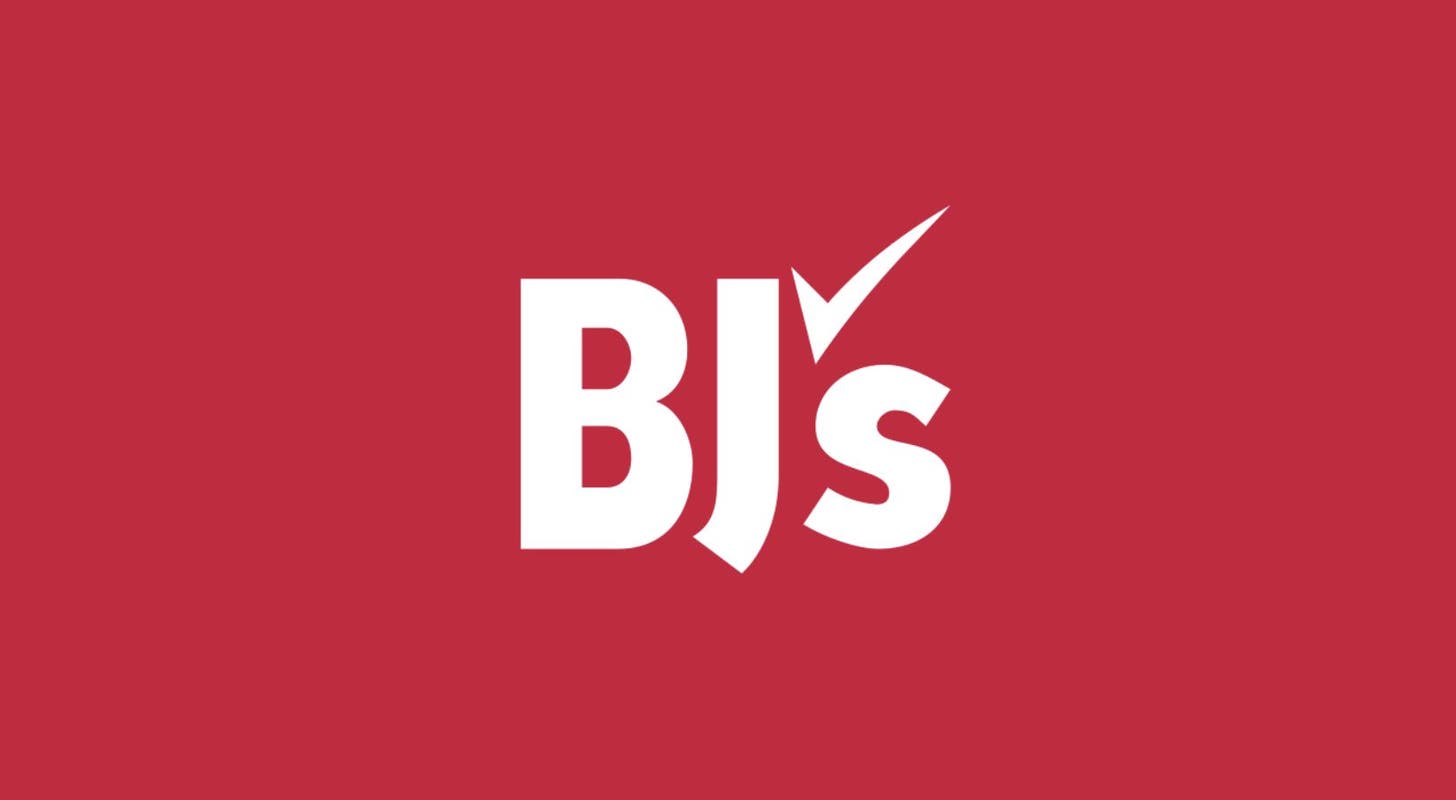
U.S. stocks experienced a morning of triumph as the Nasdaq Composite climbed over a hearty 100 points on Thursday, defying gravity and electrifying investors.
As the opening bell rang, the Dow surged by a promising 0.47% to reach 38,843.54, while the NASDAQ leaped 0.66% to hit 16,137.37. The S&P 500 also joined the chorus of growth, advancing by 0.57% to stand at 5,134.03.
Check This Out: Top 3 Health Care Stocks That Could Lead To Your Biggest Gains In March
Leading and Lagging Sectors
The materials sector soared by an impressive 1.3% on Thursday, carrying the torch of growth.
Conversely, health care shares experienced a more modest rise of 0.2% in Thursday’s trading.
Top Headline
The sound of a sour note echoed through the market as BJ’s Wholesale Club Holdings Inc. exhibited a dip in sales for its fourth quarter.
BJ’s Wholesale reported a 4th-quarter FY23 sales growth of 8.7% year-on-year, reaching $5.36 billion, missing the analyst consensus of $5.39 billion. However, the adjusted EPS of $1.11 managed to exceed the analyst consensus estimate of $1.06, adding a note of sweetness to the mix.
Equities Trading UP
Lytus Technologies Holdings PTV. Ltd. witnessed a soaring trajectory, with shares catapulting by an extraordinary 411% to $11.81 after the grand announcement of the launch of Lytus Cloud.
Meanwhile, CERo Therapeutics Holdings, Inc. bore the torch of optimism with shares surging by an impressive 158% to $6.58. The surge came on the heels of CERo Therapeutics announcing the publication of a groundbreaking paper titled “Therapeutic Targeting of TIM-4-L With Engineered T Cells For Acute Myeloid Leukemia.”
Brera Holdings PLC also found itself amidst the glimmers of positivity as shares rose by a remarkable 104% to $2.08 after the news broke that its Executive Chairman, Daniel McClory, had acquired a majority stake in the company, injecting fresh energy into the market.
Equities Trading DOWN
Solowin Holdings took a sharp plunge as shares plummeted by 46% to $25.26, following a notable 135% jump just the day before.
Aptorum Group Limited witnessed a downtrend, with shares falling by 35% to $6.19, reversing a 468% surge the previous day. The dip came in the wake of Aptorum’s announcement of an agreement and plan of merger with YOOV, alongside a spin-off agreement to segregate its legacy business.
The rollercoaster ride continued as Avid Bioservices, Inc. struggled, witnessing a drop of 28% to $6.34 after announcing certain preliminary third-quarter financial results and uncovering plans for a proposed $160 million private placement of convertible notes.
Also Check This Out: Wall Street’s Most Accurate Analysts’ Views On 3 Consumer Stocks Delivering High-Dividend Yields
Commodities
In the realm of commodities, oil experienced a downward trend, trading at $78.44, a decrease of 0.9%, while gold continued its upward climb, marking a 0.2% increase to reach $2,163.00.
Silver witnessed a 0.5% dip to $24.365 on Thursday while copper emerged as a beacon of hope, rising by 1.3% to reach $3.9265.
Euro zone
Across the Atlantic, European shares displayed a medley of results. The eurozone’s STOXX 600 exhibited a 0.4% rise, London’s FTSE 100 saw a modest 0.2% decline, and Spain’s IBEX 35 Index surged by 0.6%. Further afield, the German DAX witnessed a 0.1% gain, the French CAC 40 rose by 0.1%, while Italy’s FTSE MIB Index climbed by 0.1%.
In the UK, the Halifax House Price Index showcased a 1.7% year-over-year increase in February, painting a varied picture of the real estate market. Meanwhile, factory orders in Germany experienced an 11.3% month-over-month decline in January, shedding light on the manufacturing sector’s ebbs and flows.
Asia Pacific Markets
The tides turned in Asian markets as Japan’s Nikkei 225 dipped by 1.23%, Hong Kong’s Hang Seng Index descended by 1.27%, and China’s Shanghai Composite Index dropped by 0.41%. On a brighter note, India’s S&P BSE Sensex experienced a minor uptick of 0.05%.
Diving into specifics, China saw its trade surplus widen to $125.16 billion in January-February, reflecting growing disparities. Meanwhile, in Japan, reserve assets took a dip to $1.281 trillion in February compared to $1.292 trillion in the preceding month, while average cash earnings in Japan rose by 2% year-over-year in January, painting a nuanced portrait of the country’s economic landscape.
Economics
In the economic realm, U.S. nonfarm business sector labor productivity displayed a 3.2% rise in the fourth quarter, a slight moderation from the revised 4.9% upsurge witnessed in the third quarter.
Furthermore, unit labor costs rose by an annualized 0.4% in the fourth quarter, signifying a shift from the 1.1% decline noted in the previous period.
Rounding out the economic landscape, U.S. initial jobless claims remained stagnant at 217,000 in the latest week, slightly surpassing market estimates. Meanwhile, U.S.-based companies unveiled plans to trim 84,638 jobs in February, hinting at the ever-evolving employment panorama. Additionally, the U.S. reported a trade deficit of $67.4 billion in January compared to a revised $63.5 billion gap in the preceding month, signaling the ebbs and flows of international trade dynamics.
Now Read This: Kroger, Broadcom And 3 Stocks To Watch Heading Into Thursday





